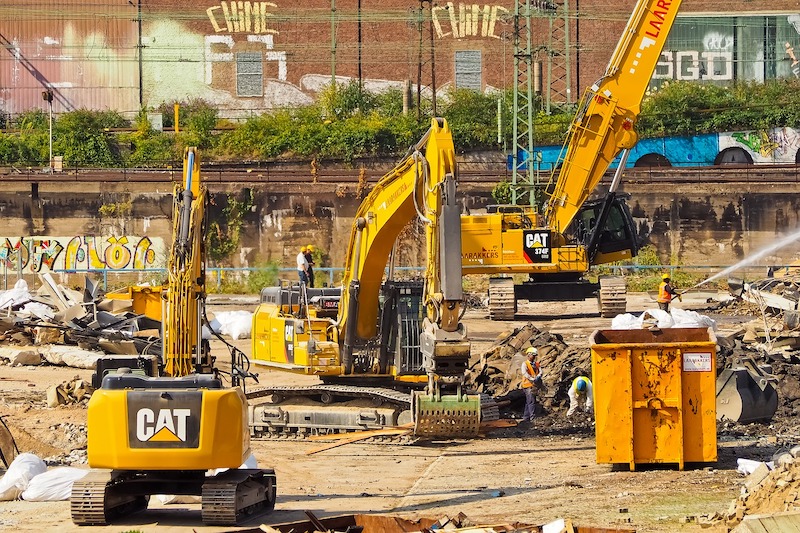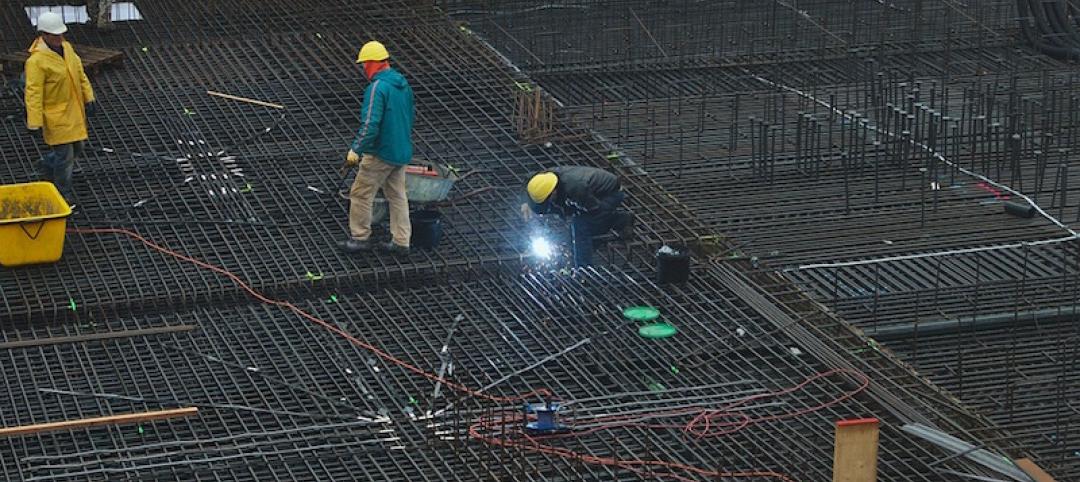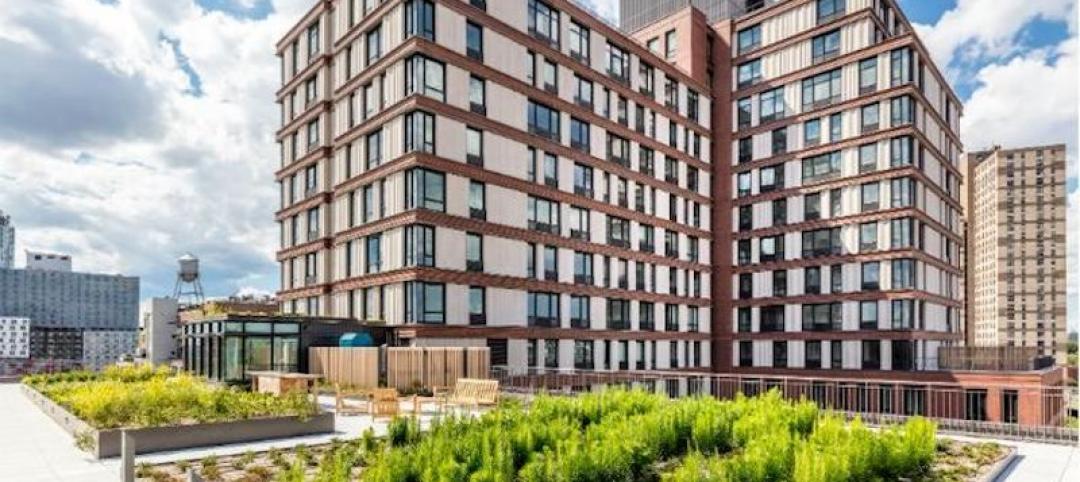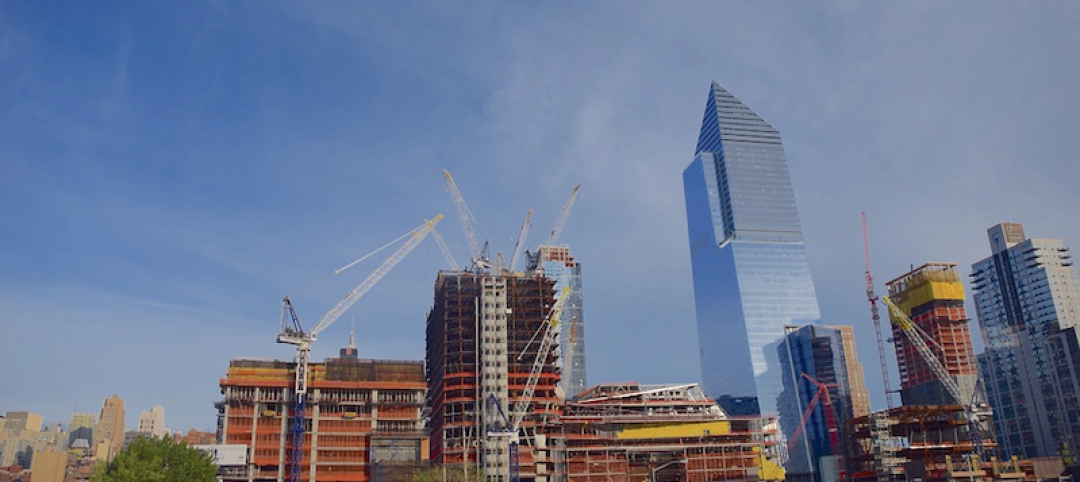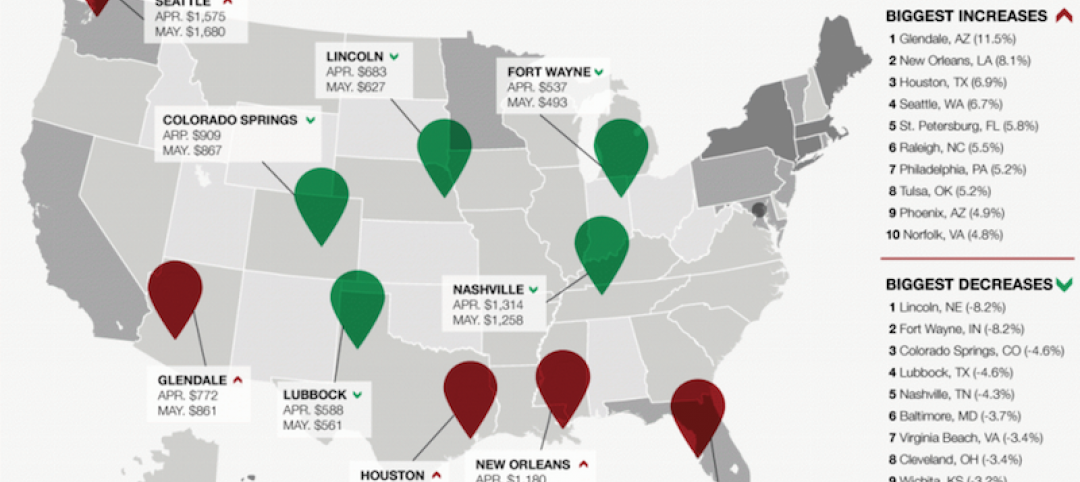Data from the first quarter U.S. Chamber of Commerce Commercial Construction Index reveals contractors are growing more optimistic, mostly driven by a rise in revenue expectations. They also have better outlooks on hiring and equipment spending plans as business concerns related to the coronavirus pandemic lessen.
In the first quarter of this year, 36% of contractors expect their revenue to increase over the next year, a jump of 11 percentage points from 25% in Q4 2020. Eighty-seven percent expect their revenue to either stay the same or increase, up from 86% last quarter. Most (86%) contractors also report a moderate to high level of confidence that the U.S. market will provide enough new business in the next year. Nearly a quarter (24%) report a high level of confidence, up from 19% in Q4 2020.
Hiring plans are also positive as close to half (46%) of contractors say they will employ more people in the next six months, up from 37% in Q4 2020. The same percentage (46%) expect to keep the same number of workers, and just 3% expect to reduce their staffing, down from 12% in Q4 2020.
“As vaccines continue to roll out, contractors are expecting to hire more workers and anticipating good times ahead. The industry still has a way to go to return to pre-pandemic levels, but rising optimism in the commercial construction industry is a positive sign for the broader economy,” said U.S. Chamber of Commerce Executive Vice President and Chief Policy Officer Neil Bradley. “However, finding skilled workers was a critical issue before the pandemic, and while it has remained a chronic problem over the last year, heightened concern may be emerging again as contractors look to hire. The U.S. Chamber is committed to supporting businesses in retraining and making sure the economy has the skilled workforce it needs.”
The boost in revenue expectations drove a three-point rise in this quarter’s overall Index score to 62 from 59 in Q4 2020. The score for revenue expectations, one the Index’s three leading indicators, jumped five points to 57, while contractors’ confidence in new business opportunities rose two points to 59. Despite the gains, the Index remains 12 points below its score of 74 from Q1 2020 before the pandemic.
Skilled Worker Shortage Causes Ongoing Challenges
Alongside the positive signs of recovery come workforce challenges. This quarter, 85% of contractors report moderate to high levels of difficulty finding skilled workers, up from 83% in Q4 2020. Of those, 45% report a high level of difficulty, up from 42% last quarter, but still down 10 percentage points year-over-year from 55% in Q1 2020 before the pandemic.
Meanwhile, 88% report a moderate to high degree of concern about their workers having adequate skill levels. Forty-six percent report a high degree of concern, up from 36% in Q4 2020. Almost all (94%) contractors who reported a moderate to high degree of concern expect the problem with workers having adequate skill levels will stay the same or get worse in the next six months.
Lumber Concerns Ease, Cost Fluctuation Concerns Rise
Similar to last quarter, 71% of contractors say they face at least one material shortage. Of those, 22% are experiencing a shortage of wood/lumber (down from 31% in Q4 2020), followed by steel (14%), and pipe/PVC (10%).
This quarter, more (82%) contractors say cost fluctuations have a moderate to high impact on their business, up eight percentage points from Q4 2020, and up 17 percentage points year-over-year. Of those experiencing the impact of cost fluctuations, 43% said wood/ lumber is the product of most concern (down from 61% in Q4 2020), followed by steel (35%), and copper (27%).
Additional findings:
— Tariff and trade concerns are up. More (35%) contractors say steel and aluminum tariffs will have a high to very high degree of impact on their business in the next three years, up from 24% saying the same in Q4 2020.
— 37% of contractors plan to increase spending on tools and equipment, increasing from 28% in Q2 2020. Before the pandemic (Q1 2020), 54% said they planned to increase spending.
— 80% of contractors are still experiencing delays due to COVID-19, with an average share of 23% of their projects delayed, but that share is expected to drop to 15% looking ahead six months.
— 58% say worker health and safety remains a top concern for their business, followed by more project shutdowns/delays (50%), fewer projects (35%), and less availability of building products (33%).
The Index comprises three leading indicators to gauge confidence in the commercial construction industry, generating a composite Index on the scale of 0 to 100 that serves as an indicator of health of the contractor segment on a quarterly basis.
The Q1 2021 results from the three key drivers are:
— Revenue: Contractors’ revenue expectations over the next 12 months increased to 57 (up five points from Q4 2020).
— New Business Confidence: The overall level of contractor confidence increased to 59 (up two points from Q4 2020).
— Backlog: This indicator remained steady from Q4 2020 at 69.
The research was developed with Dodge Data & Analytics (DD&A), the leading provider of insights and data for the construction industry, by surveying commercial and institutional contractors.
Note: In last quarter’s report, released on December 10, 2020, the overall index score and backlog component score were incorrectly reported due to a data tallying error. The correct overall index score for Q4 2020 was 59 (originally reported as 60). The correct score for backlog was 69 (originally reported as 70).
Related Stories
Market Data | Jun 21, 2017
Design billings maintain solid footing, strong momentum reflected in project inquiries/design contracts
Balanced growth results in billings gains in all sectors.
Market Data | Jun 16, 2017
Residential construction was strong, but not enough, in 2016
The Joint Center for Housing Studies’ latest report expects minorities and millennials to account for the lion’s share of household formations through 2035.
Industry Research | Jun 15, 2017
Commercial Construction Index indicates high revenue and employment expectations for 2017
USG Corporation (USG) and U.S. Chamber of Commerce release survey results gauging confidence among industry leaders.
Market Data | Jun 2, 2017
Nonresidential construction spending falls in 13 of 16 segments in April
Nonresidential construction spending fell 1.7% in April 2017, totaling $696.3 billion on a seasonally adjusted, annualized basis, according to analysis of U.S. Census Bureau data released today by Associated Builders and Contractors.
Industry Research | May 25, 2017
Project labor agreement mandates inflate cost of construction 13%
Ohio schools built under government-mandated project labor agreements (PLAs) cost 13.12 percent more than schools that were bid and constructed through fair and open competition.
Market Data | May 24, 2017
Design billings increasing entering height of construction season
All regions report positive business conditions.
Market Data | May 24, 2017
The top franchise companies in the construction pipeline
3 franchise companies comprise 65% of all rooms in the Total Pipeline.
Industry Research | May 24, 2017
These buildings paid the highest property taxes in 2016
Office buildings dominate the list, but a residential community climbed as high as number two on the list.
Market Data | May 16, 2017
Construction firms add 5,000 jobs in April
Unemployment down to 4.4%; Specialty trade jobs dip slightly.
Multifamily Housing | May 10, 2017
May 2017 National Apartment Report
Median one-bedroom rent rose to $1,012 in April, the highest it has been since January.


